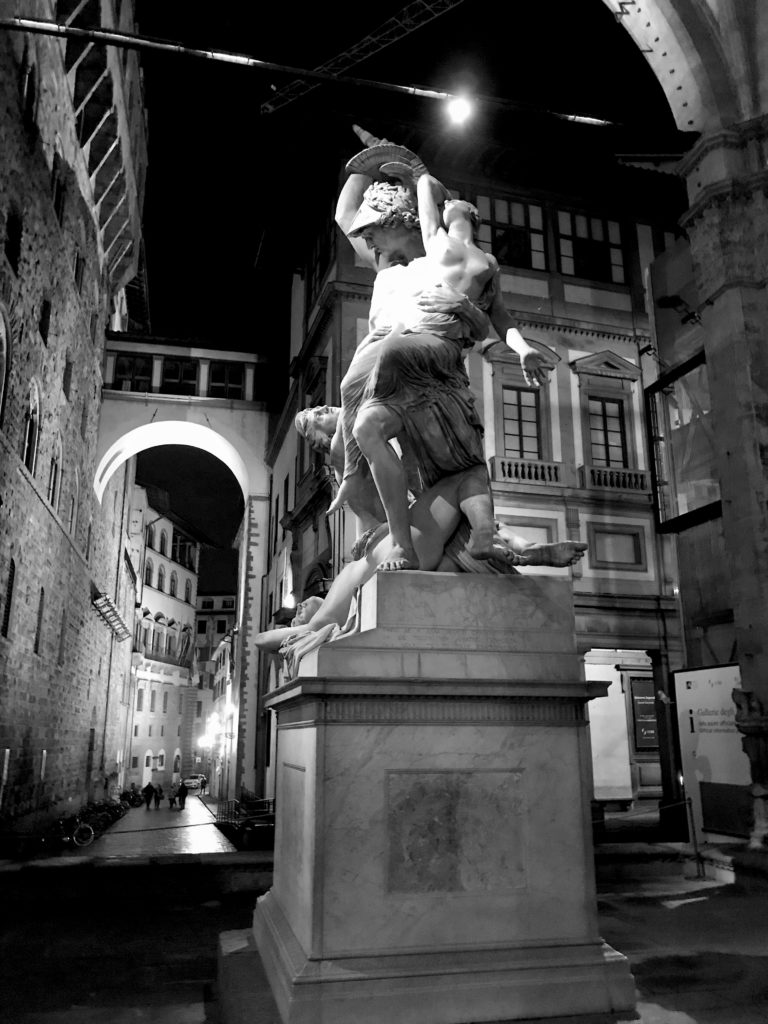Bad Debt Relief (BDR) is a mechanism which goes some way to protect a business from payment defaulters. Under the normal rules of VAT, a supplier is required to account for output tax, even if the supply has not been paid for (however, the use of cash accounting or certain retail schemes removes the problem of VAT on bad debts from the supplier).
The specific relief for unpaid VAT is via the BDR scheme.
Background
In the Regency Factors plc Upper tribunal (UT) case the issue was whether the appellant met the conditions in The VAT General Regulations 1995, Reg 168 for claiming BDR via The VAT Act 1994, section 36.
Regency provides a factoring service to its clients for which it is paid a fee. VAT invoices for those fees were issued to clients when the invoices which are being factored are assigned to Regency for collection.
Regency appealed against a decision of the First-Tier Tribunal (FTT) in which it dismissed Regency’s appeal against VAT assessments made by HMRC to withdraw BDR which Regency had claimed in its VAT returns.
Regency contended that it is entitled to BDR for the VAT element on the fees that were unpaid by its clients. HMRC contended that Regency is not entitled to BDR because the consideration for the supply was received by Regency and there was no bad debt to write off.
Decision
The UT deliberated on when consideration is received for factoring services and accepted that some debts were bad. However, it decided that Regency had not maintained a bad debt account as required for Reg 168. Consequently, HMRC was correct in refusing to pay the BDR claim.
Commentary
As always with VAT, it is important to keep complete and accurate records, as this case demonstrates. Reg 168 states (where relevant):
(2) Save as the Commissioners may otherwise allow, the record referred to in paragraph (1) above shall consist of the following information in respect of each claim made
(a) in respect of each relevant supply for that claim—
(i) the amount of VAT chargeable,
(ii) the prescribed accounting period in which the VAT chargeable was accounted for and paid to the Commissioners,
(iii) the date and number of any invoice issued in relation thereto or, where there is no such invoice, such information as is necessary to identify the time, nature and purchaser thereof, and
(iv) any payment received therefore,
(b) the outstanding amount to which the claim relates,
(c) the amount of the claim, and
(d) the prescribed accounting period in which the claim was made.
(3) Any records created in pursuance of this regulation shall be kept in a single account to be known as the “refunds for bad debts account”.

